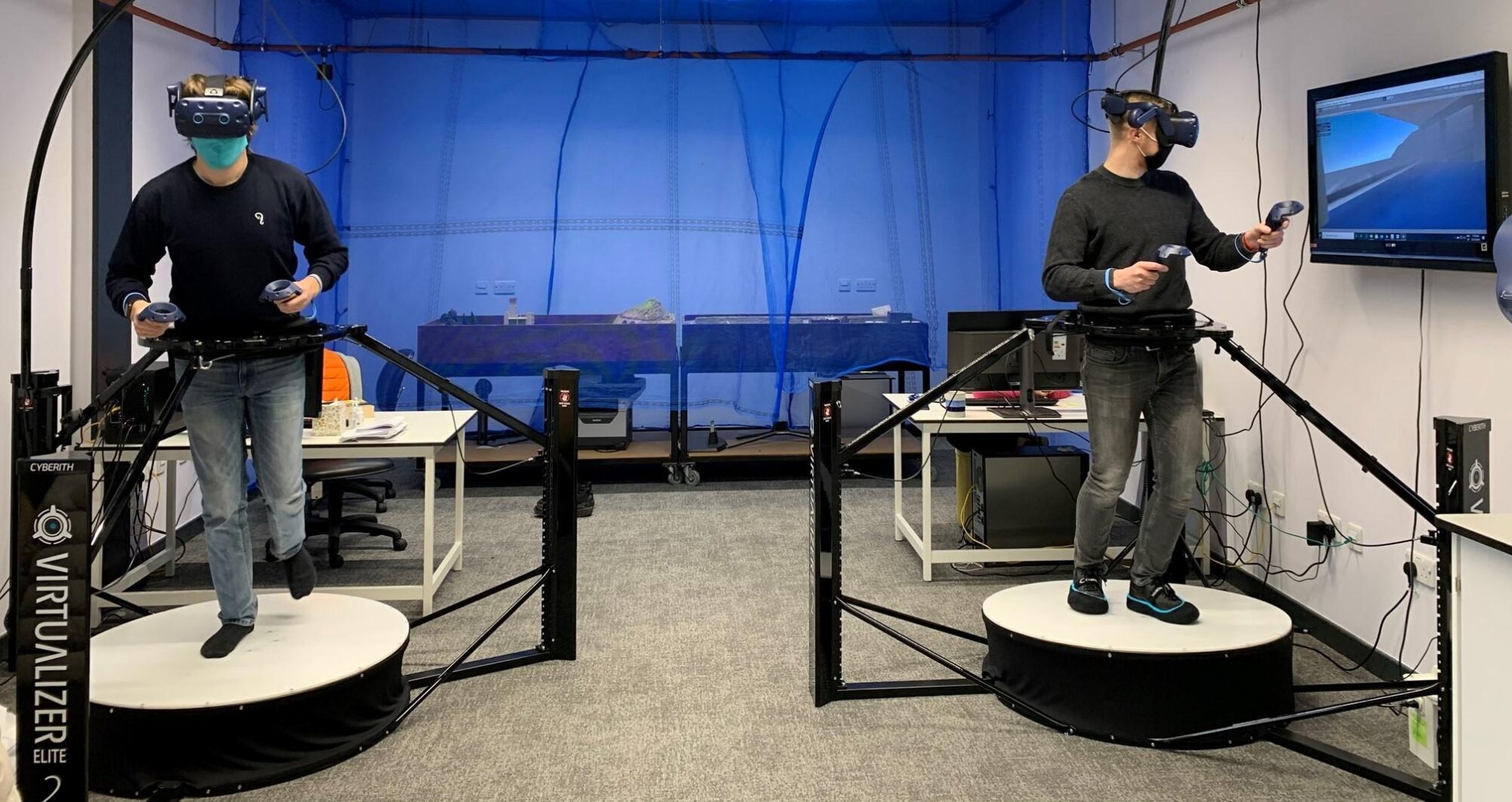DAFNI hardware speeds up University of Cambridge digital road initiative

The DAFNI-funded hardware is being used in the digital road initiative where people from organisations including Landbrook have seen a demo of an inspection of a bridge using the new equipment, including the Huski robot.
Professor Ioannis Brilakis, the academic lead of the digital roads of the future initiative says, “We have some students using Huski construction equipment and attaching sensors and scanners to scan in a difficult to reach area or where more safety is required, reducing manual work required to move around.”
The Huski is a very durable robot, used to collect data where it might be dangerous or more effort is required to go to a particular part of the construction site – can put the sensors where needed.
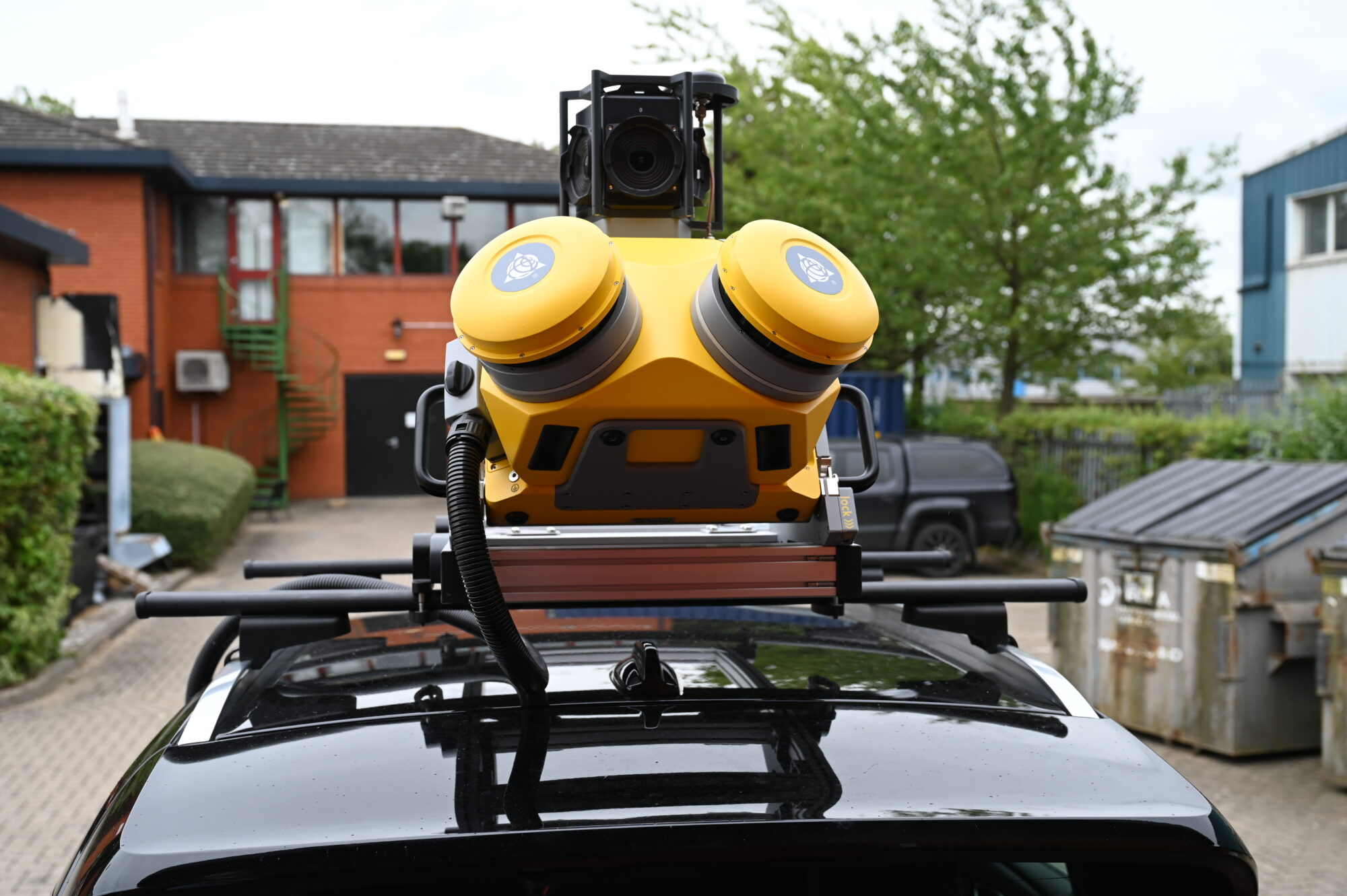
Some PhD and Masters students at Cambridge are using the Huski robot, and are using the virtualiser for bridge modelling to inspect the bridge and see in the virtual world what kind of cracks and defects there are.
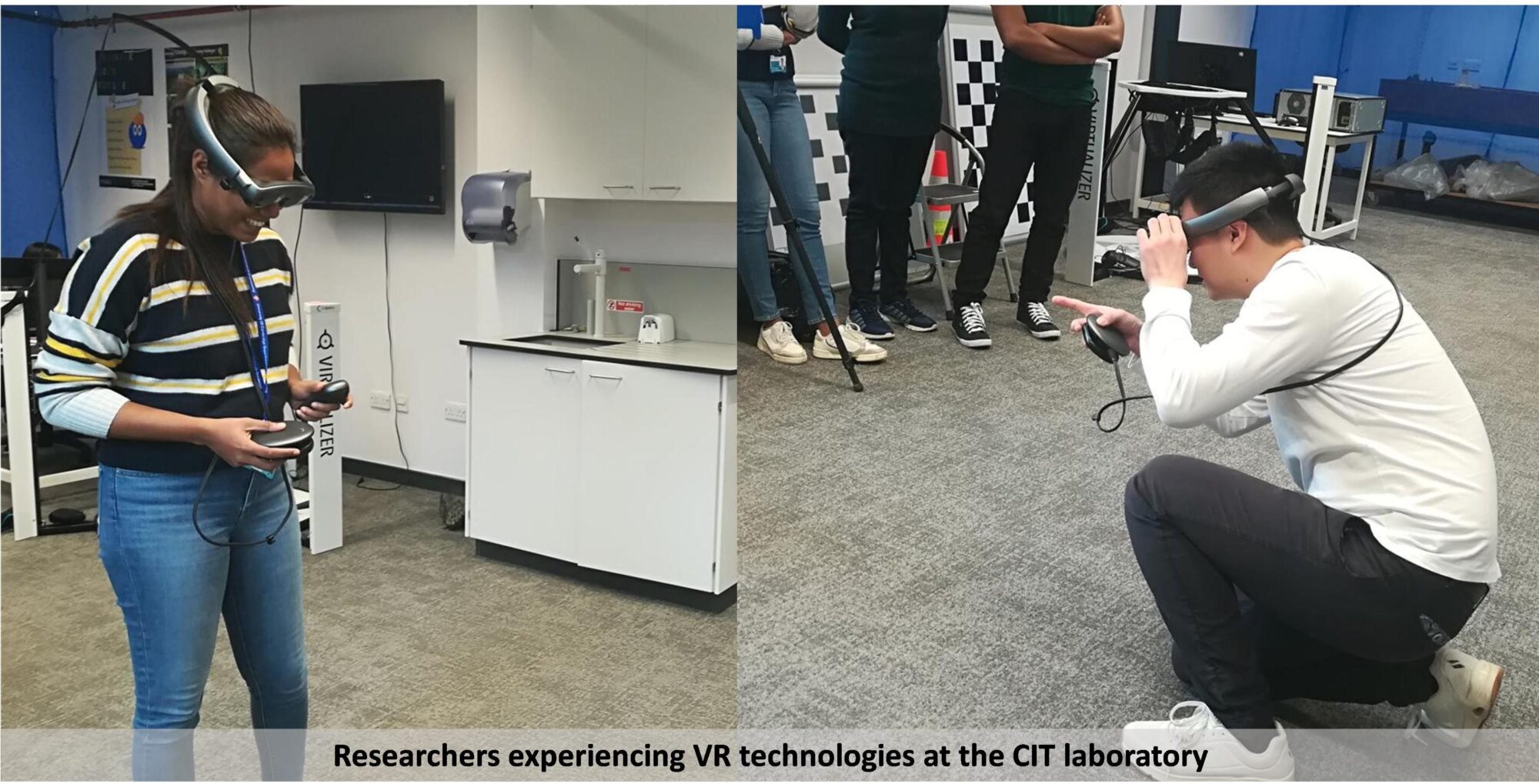
The new hardware allows for better collection of data, more accurate collection and for researchers or those in construction to fix and collect things via sensor. The virtualiser gives people information about the defects above and beyond normal imaging. Those with expert knowledge can better understand the risk when they see a crack in 3D rather than an image from a normal screen or from a distance from a normal visual inspection.
Currently researchers and construction workers are not able to move around every angle of the bridge and inspect from different angles and perspective. However, with the virtualiser you can access many different angles.
The equipment will be opened up to undergraduates to use as well as more Masters and PhD students, give them opportunity to use – have machines in CIT and open to other researcher groups – give more information when doing proposals – their proposal was around infrastructure in the UK, ETH, Belgium – rely on CIT lab equipment in UK. They may mirror that solution in Belgium etc and have the same kind of machines and virtualisers.
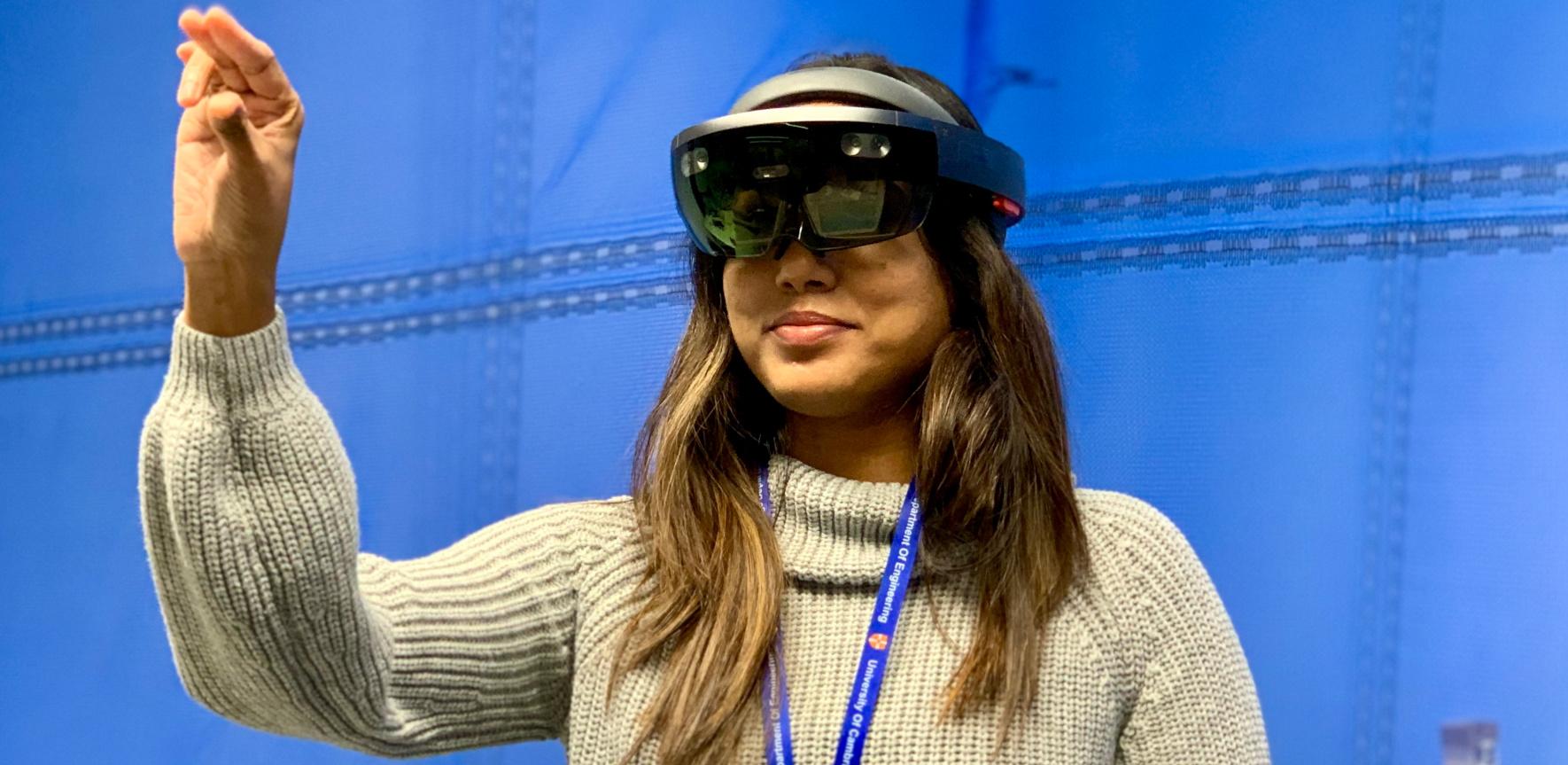
The Cambridge University DAFNI hardware has been used to setup the virtual reality systems across four departments. These virtual reality systems have been used in digital-twin research and education. We created digital twin of an asset or a structure through site visiting and scanning, then developed an immersive environment to simulate the construction and maintenance of the digital twin. The benefits for doing so are twofold.
Firstly, it brings digital twins to participants’ hands where he/she overviews the asset in an inclusive and immersive environment.
Secondly, it improves the student’s understanding of theoretical engineering concepts by demonstrating how an asset is built and maintained in a 3D model.
